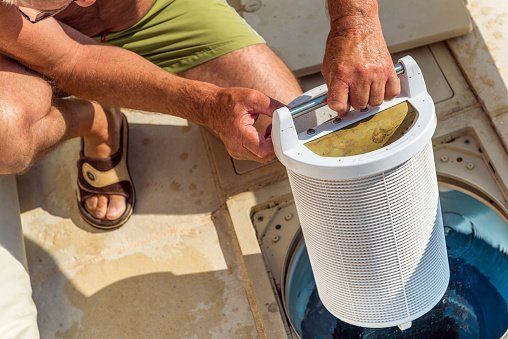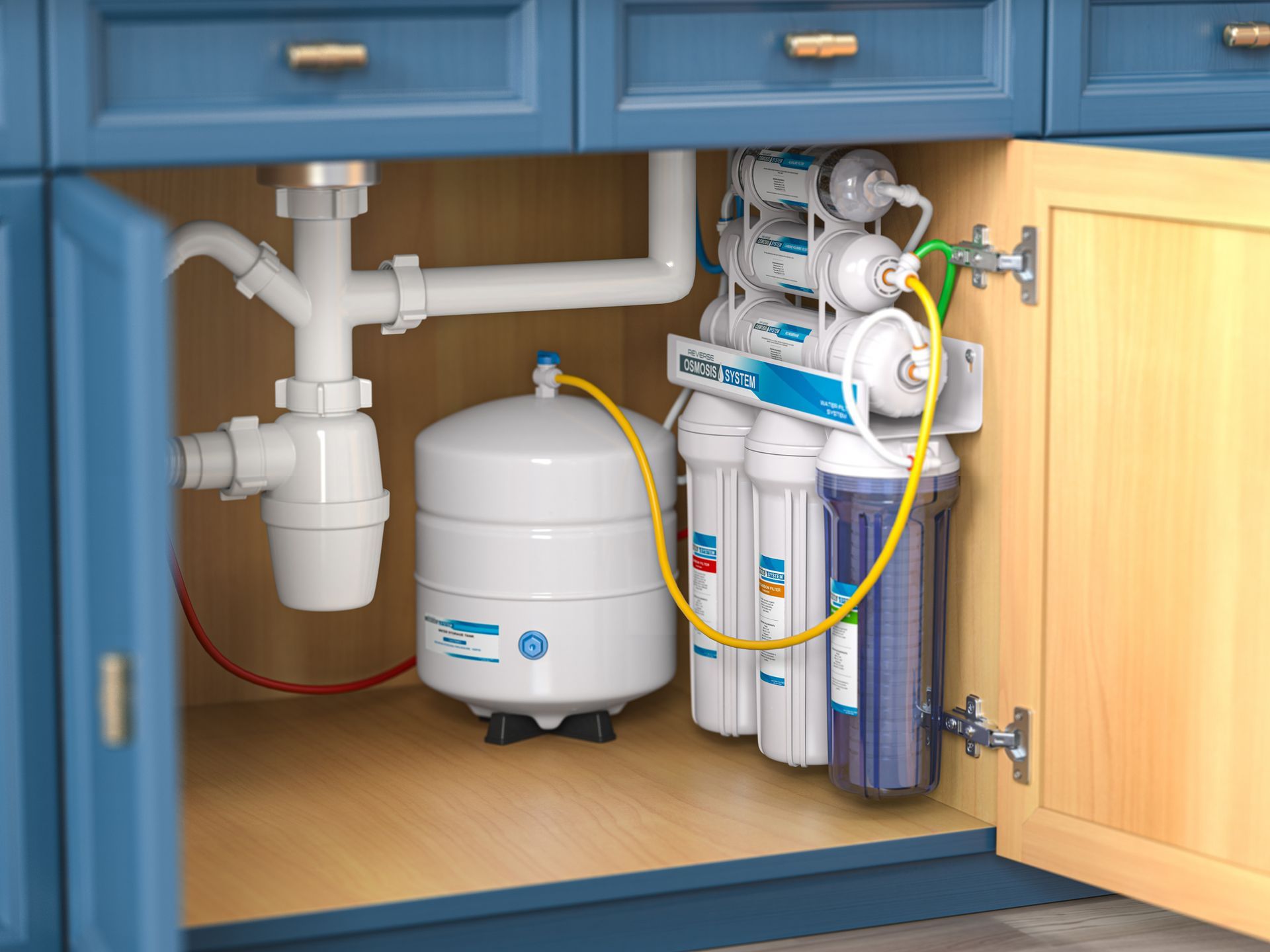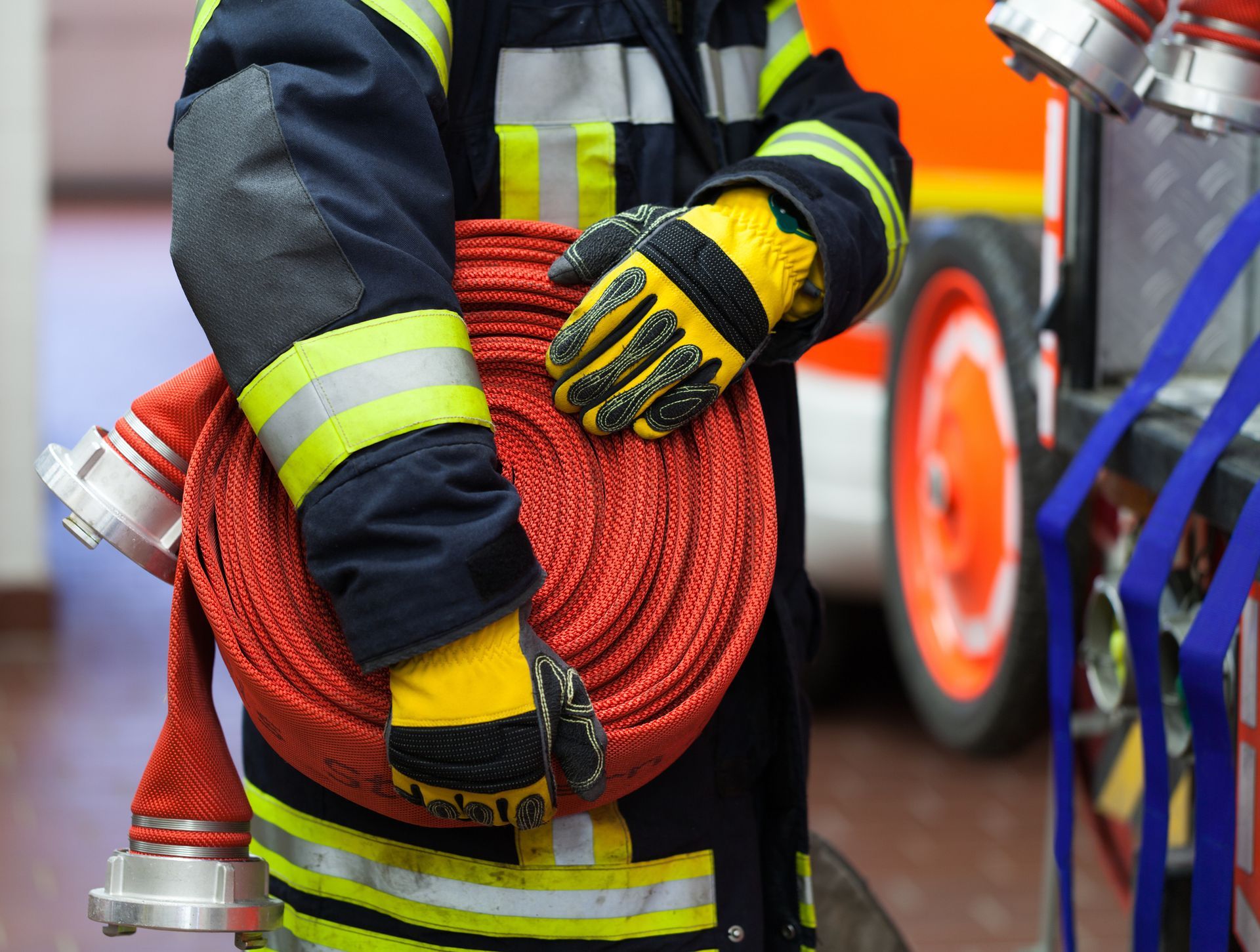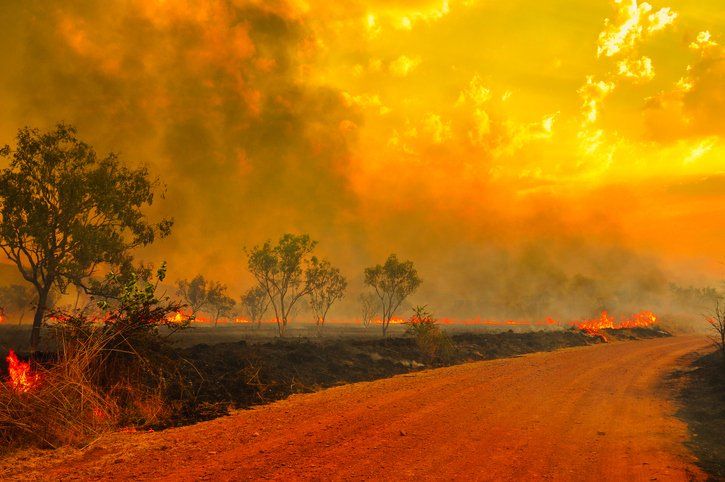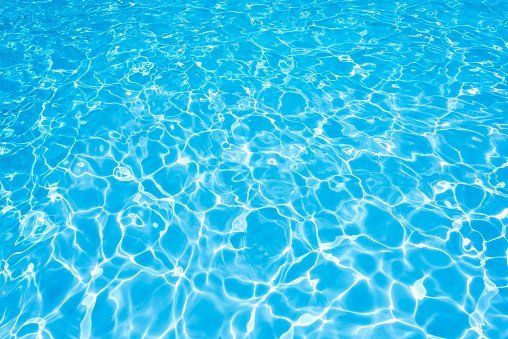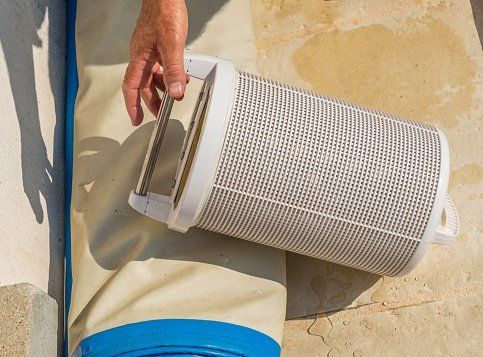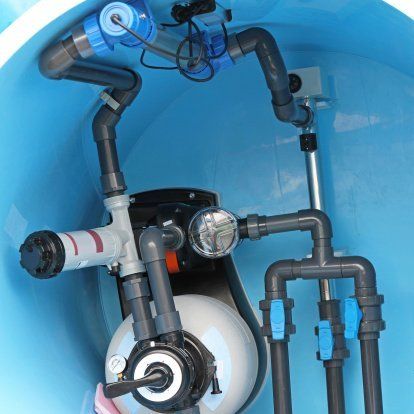By Slater Pumps
•
September 20, 2022
Bushfires are a part of the Australian landscape’s annual rejuvenation and every year, bushfires burn through millions of hectares of land – of course, heralding natural regrowth of vegetation, but also purging and displacing billions of animals, not to mention ruining our local communities. Victoria is one of the most fire-prone areas in the world, bushfire preparation is fervently followed by private entities and communities. Slater Pumps has been in the pump repair and pump sales business since the 1950s. We have been at the forefront of bushfire combat since our conception, and since the 1970s, there has been a marked rise in the intensity of the bushfires we have had to fight. We have seen the evolution of firefighting pumps that aids bushfire combat and can help you with all fire pump-related doubts. What is A Fire Fighting Pump? To be fair, all pumps come in handy when there is a fire to put out. However, only firefighting pumps are structurally and functionally designed to withstand the extreme conditions of a fire and give you the safe results you are seeking. While most pumps come with a list of ideal working conditions, fire pumps are designed to give you full function even under heavy duress. A fire pump is usually made of sturdy steel or lightweight aluminium, without any components that might melt in the proximity of a fire. They are fuel-based and are designed to start in any condition while giving you the maximum output using the lowest amount of fuel. A fire pump packs all the power needed to give you maximum water flow and high pressure. Even the most basic fire pumps come with enough power to give you a water pumping height that covers at least a single-storey building. Most firefighting pumps are centrifugal pumps or positive displacement pumps. They are set up close to a water source that is adequate for supply in case of an emergency. These core machines can support a variety of firefighting systems like standpipes and firehoses, fire sprinkler systems, misting systems and more. When it comes to power and efficiency, the philosophy of fire pumps has been, "more the merrier". There are several models from portable fire pumps to industrial fire pumps, perfect for big, small, or multi-storeyed properties, or even properties like farmsteads that have dispersed buildings and assets. Commercial buildings and high-rises are required to have a firefighting system in place, as well as heavy-duty fire pumps and pipe systems, which require a separate pump room set up. For rural properties we can supply portable or vehicle mounted pump systems and additionally “remote electric start” pumps if you are away from your property. With Slater Pumps, you will find all the jockey and booster-type fire pumps that lead the market. We are adept with pump repair and pump sales and when it comes to fire pumps, our expertise and interest peaks hand-in-hand, much to our customer’s benefit. Find out more Who Needs to Have a Fire Pump? Anybody with fire-perishable assets needs to have a firefighting plan. However, the law requires certain entities to have efficient firefighting infrastructure to function and it is a good idea to make sure you have the minimum fire safety support as required by law, to begin with. Residential Properties The understanding is that if a building is too big to be supported by the local government's firefighting apparatus like a high rise or a multi-storeyed apartment block, you are required to have a water source and firefighting apparatus in place. Keep in mind that a fire pump will be of help in not just a bushfire, but any fire. Even when not legally bound to have one, a firefighting pump will help irrespective of the kind of firefighting support you have externally especially if your property is further removed from the populated areas. However, if you fall in the areas that are vulnerable to bushfire, you need a firefighting pump no matter what firefighting support is available externally. Look for a pump that you may be able to wield and get a water pumping height that covers the roof if you don't have fire sprinklers already. Commercial Properties Big, medium or small – commercial complexes are required to have a firefighting set-up. Besides firefighting tools like buckets, extinguishers and hoses, all medium and big commercial buildings have a fire pump room that is well-maintained and checked regularly. Get a fire safety pump and apparatus that can give the maximum coverage with ideal water pressure, and the pump rooms themselves usually are the most easily accessible rooms in a warehouse compound. Areas Prone To Natural Disasters If your property lies in the bushfire vulnerable zone, you know you need a fire pump. You are going to defend your property from the bushfires annually, so invest in a fire pump that makes you feel secure. Look for a portable option that is suitable for your water source and gives the water pressure and flow you are looking for. Stationary fire pumps will be a great choice if your land area is vast, or on a slope as bushfire behaves predicably in these conditions and it is a question of your fire readiness and capacity. Portable pumps and vehicle mounted pumps are also available, as well as “remote electric start” pumps. What Should I Look For in A Fire Pump? There are several factors to be considered while buying your fire-fighting pump. You want to be sure that you are getting yourself an option that needs little maintenance while offering you good durability. While shopping for a pump, do not opt for cheaper low-quality pumps, but look for the most cost-efficient and fuel-efficient pumps with maintenance and spare parts support into the future, that will not cost too much in the long run. Material Low-quality pumps have plastic parts or substandard metal structures that spell disaster when you are trying to fight a fire as massive as a bushfire. Your fire pump needs to be made of solid cast metal or aluminium construction best suited to the duty required. Power Source Your pump should give you full functionality while in use, for which its power source must be unfailing. So, unless you are 100% sure that your electricity backup will endure well and last you through a raging fire, do not buy a pump that runs on electricity. The best fire pumps use petrol or diesel and will have fuel tanks secured especially against a fire breach. Look for models that come with a fuel tank that is big enough to give you multiple rounds over your entire property. Familiarity Get a pump that you can take care of yourself. You should be able to set up, turn on and work your fire pump without external assistance. You should also have enough experience working it so that there are no glitches in your fire response. It would be ideal if you also know the parts of your pump and their functions, as this will save a lot of time in case you have to seek remote assistance with a glitch in an emergency. Ease of Use Fire pumps come with several features that are suited for various styles of firefighting. Most features have to do with the mobility, durability, and stability of the pumps. There are models that offer you bigger capacities, lower emissions, automated features and remote electric start, better sensors, etc. Get a pump that has the function and access features that supports your work method. Accessibility Even with a great pump, your bushfire fighting plan will fall short if you do not have your water source sorted. Your heavy-duty fire pumps should be installed near tanks, ponds, or swimming pools so that the effort spent in pumping the water is minimal, allowing you to focus the power consumption on the water flow and output. What Pressure Should A Fire Pump Be? The function of a regular pump may be just the transfer of water, but in a fire pump, the amount of water pressure that a pump can work up is the most crucial. Water pressure translates into water discharge speed and gives you the water pumping height you need. Most fire pumps work with the available water flow, but some do indeed ask for a minimum water flow capacity to be able to work up the ideal water pressure. In any case, a fire pump will have a flow rate mentioned to give you an indication of the minimum purpose and capacity. Water pressure directly depends on the size of the pump. However, do not choose the biggest pump you can get – you are looking for something that is proportionate to the size of your property. Make sure that it has the structural capacity and discharge outlet size to accommodate the water flow you are looking for. It should also be able to work up water pressure within the limits you want. Weak water flow may prove ineffective, and a pressure build-up that is too high can cause accidents, too. On average, you need a maximum head of 76m, or water pressure above 105 PSI to support a medium-sized residential property’s fire response. Engine-Driven Pump Units – Petrol Petrol-based firefighting pumps are one of the most common choices in residential and farming areas as they are versatile and easy to use and maintain. There are both two-stroke and four-stroke powered engines – four-stroked being the more favoured, and the diversity in this range is staggering. The firefighting capacity in this category is good enough for bushfire response and the best that are available in Australia are the Davey Fire Fighting Pumps. There are single and twin impeller options, all providing high head performance at 3600rpm. The Davey petrol firefighting pumps employ Honda engines and depending on the pressure, flow rate and maximum head you are looking for, there are over 20 options with Davey Firefighters. Engine-Driven Pump Units – Diesel Diesel-based firefighting pumps are more common in industrial-grade pumps, but these are more fuel efficient and provide more durability. They provide a better torque than petrol pumps and are high on performance, giving you the maximum water head with minimum fuel usage. When it comes to the best diesel fire pump, Davey firefighting pumps are a leader, with three very popular options. They use the world's best Yanmar engines and give you better fuel shelf life and features like remote access. They also are highly purpose-oriented and offer better rigging possibilities. The Davey Firefighters are not only Australia's best but are pretty much recognised as top-grade units all over the world. Need Help With Your Fire Pump Shopping? Slater Pumps has been involved with the evolving water transfer technologies since the 1950s, and we truly have seen the advancement of pumps with a reference to actual real-life performance. We are pump nerds with sound product knowledge that comes from years of listening to the experiences of our clients. We have seen firefighter pumps since their conception and you will find all the latest fire pumps, with all suitable rigging, in our huge and veritable collection. Call Slater Pumps & Stay Fire Safe If you are interested in discussing your needs and check out what fire pump will suit you the best, you will find that the Slater Pumps team is your true friend. Call us today (03 9314-4977) to make sure that you get a fire pump that is capable of being at the core of your firefighting plan
